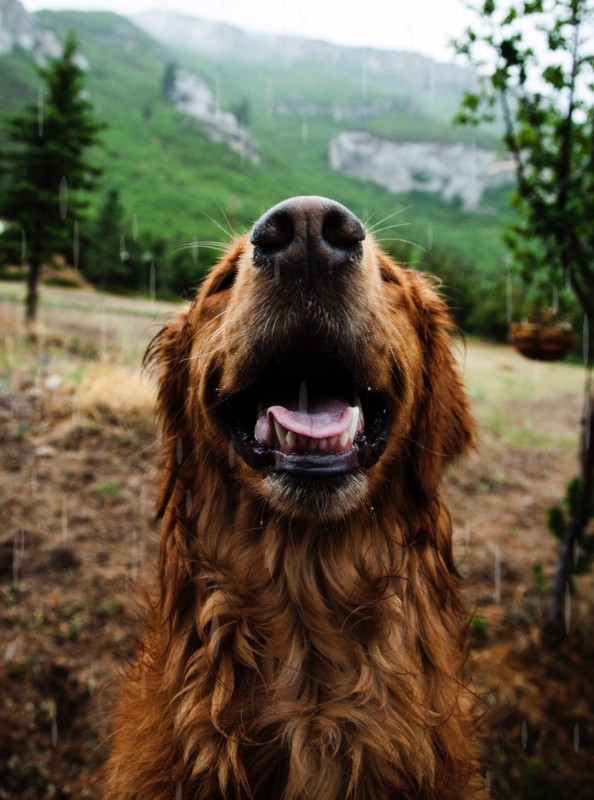Last Updated on September 3, 2018
There is an ongoing debate regarding crate training dogs. Some people think it’ the best way to go while others find it inhumane because it’s too confining.
Some dog lovers look at putting their pets in crates as a form of punishment or denial of freedom. On the other hand, many feel that it’s a place where your dog can feel safe, as well as have his own personal space. If you choose to crate train your dog, your attitude is important. If you don’t present it to him or her in a positive light, then your dog won’t see it that way either.
Crate training is excellent as a safe haven for your dog in any kind of emergency. Should your house catch on fire or sustain earthquake damage, for example, his crate is the perfect place for him to feel secure and for you to know exactly where he is. When you evacuate, you just take your dog out of harm’s way in his crate. The same is true for car travel. Each year hundreds if not thousands of dogs get loose during a car accident. If he’s in a strong crate, the chances are much better that he’ll survive and you’ll be able to keep him with you.
When you choose a crate make sure it’s the right size for your dog. If he or she is still a puppy, but will soon be a big dog, you can buy the adult size and wall part of it off until he grows. The dog should be able to stand up (without his shoulders touching the top), turn around, stretch, and have some movement. Your vet or person at the pet supply store can help you figure out the correct size.
The main idea is for your dog to love the crate, so you need to introduce him to it as a happy place. Before you start the training, bring it into the area where it will be and just leave it. Let your dog or puppy explore it on his own. Put some nice soft bedding inside, but don’t make it too absorbent if he’s still young. You don’t want him to think of it as a great place for a bathroom. Put some of his favorite toys inside, especially the ones he likes to chew on. Just make sure that they’re safe for him to be alone with.
When your dog is ready to be introduced to his crate, put his food just inside so that he has to stick his head in to eat. In the beginning just let him wander in and out when he feels like it. If he isn’t too interested between meals, put some treats in there every so often. The goal is to not force him, or he might think of it as scary or intimidating.
As he adjusts to the idea and starts going clear inside on his own, reinforce the behavior with a treat and use the command you’ll be associating with going to the create. For instance ‘go to bed’ or ‘kennel’. Pick a short word or phrase and be consistent about using it so he won’t get confused. Give the command in a friendly and somewhat excited voice so that he associates going into his crate with praise.
As soon as he acts comfortable in his crate, close the door for short periods of time. Continue with the treats and command word. Never use the crate as punishment or he will quickly learn to hate it.
If he ever does have a toileting accident, don’t make a big deal out of it. Take all the bedding out and wash it. Thoroughly clean the inside of the crate to eliminate the smell. Unless an adult dog is in there for too many hours, he or she won’t want to soil the space. If you have a puppy, the older they get, the longer they can hold their bladders and bowels.


